In order to have beautiful, healthy plants you need to know what the best soil and fertilizer are to use.
Not all soil and fertilizer are created equal. While some will work for one plant might not be the best for another plant.
Why is it Important?
Some feel that it is just as simple going to the garden center and getting a bag of soil and some fertilizer but it is not that simple. There are many factors you need to consider. What type of plant are you growing? How much sun will they get? How much water? Knowing the answers to these questions will help ensure that your plant is getting the best and what they need so they can thrive. If you just use any soil or fertilizer, the soil may not help your plant grow or provide the nutrients it needs and the wrong fertilizer could burn your plant or as with soil, not give it the nutrients it needs.
Choosing the Best Soil for Indoor Plants
One important thing to remember is that the soil from your garden is not the same as bagged soil. The garden soil could have things that would kill your indoor plant. It could contain bacteria, not drain correctly, and more. Potting soil also is not all the same. Before you purchase potting soil there are some things to consider.
What is in the potting soil?
When you know what is in the bag of potting soil and the potential ingredients this will help ensure you are getting the right soil for the plants you are growing. Some potting soil contains peat moss that can help to retain nutrients and hold moisture. Sometimes this is too acidic for plants on its own but if it is mixed with other soil it would be okay to use. When looking at the ingredients you should know that perlite will provide great drainage and vermiculite will retain more moisture so you need to know what your plant needs; more moisture or better drainage. Generally, these two are added to potting soil and not used on their own.
In order for your plants to receive nutrients, you may find organic material mixed with compost or humus. The idea mix for indoor plants is a potting soil that retains moisture but is also well-draining, and nutrient-rich. This is why it is important that you know the ingredients in potting soil.
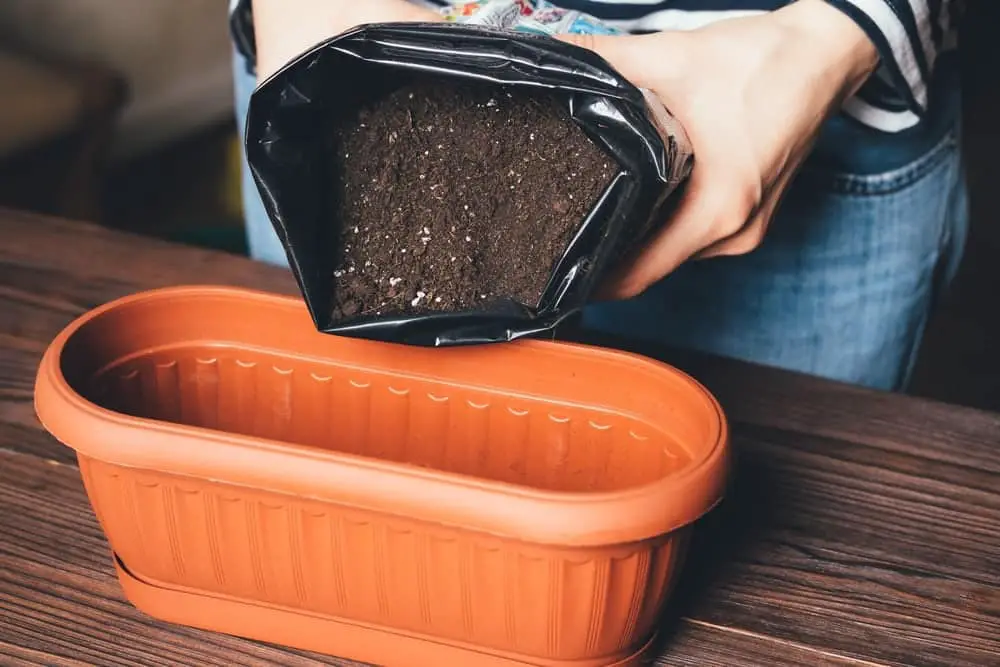
What plants are you growing?
Different plants like different soils so you need to know what you will be growing. There are some plants, like succulents, that do not need a lot of water so they would need a coarser soil and for maximum drainage, it should contain some sand. With orchids, they like moisture but need a lot of air around their roots so the best type of soil would be ones that contain perlite, or peat moss. You need to know just what type of soil each plant needs before you go shopping for soil.
Choosing the Best Fertilizer for Indoor Plants
You want to make sure that the potting soil you get will be sufficient to grow luscious, healthy plants. Most potting soil contains the necessary nutrients but sometimes they need an extra boost. This is where fertilizer comes into play. Potting soil only has so many nutrients in it and once they are gone, you need to repot with new soil or use fertilizer. During the growing season in the spring and summer, the plants will need extra nutrients so you need to make sure that you keep them well fed.
Ingredients in fertilizer: Understanding them
There are three macronutrients in fertilizer; potassium (K), nitrogen (N), and phosphorus (P). On the bags of fertilizer, you will see the ration of them listed as an NPK value. They will read in the order of nitrogen, phosphorus, and potassium; the higher the number the higher the concentration.
There may also be other micronutrients and secondary ingredients like any combination of sulfur, calcium, magnesium, boron, copper, chlorine, iron, and more. They will be in smaller quantities than the three main ones. The NPK ratio will vary between the growth stages of the species and the plant.
- Nitrogen: It promotes leaf growth so this is important for any plant that has a lot of green foliage. For flowering plants, you will a smaller amount.
- Phosphorus: This helps fruits, roots, and flowers grow. It can be added to the soil before you put your plant in.
- Potassium: This helps with the overall strengthening of the plant. It can also help stimulate early growth.
Types of fertilizer
When choosing a fertilizer you need to decide if you want a granular, slow-release, or liquid fertilizer. The liquid fertilizer will provide nutrients immediately if you need to get them in the soil quickly. You just have to be careful you do not use too much liquid fertilizer or it can damage and burn your plants.
The granular, slow-release fertilizer is released into the soil slowly so they are not fast-acting but they will release nutrients for a longer period of time. These can be applied one or two times a year.
Conclusion
The first thing that you need to know is what plants you are going to plant. Once you know this, finding the right soil is easy. You can ask the person at the garden center the type of soil you need or look the plant up online to get all the information as to the type of soil they need, how they need watering, and the light they need. The information you have looked up should also tell you what type of fertilizer you will need, how often to fertilize it, and the strength. It takes time and as you become more experienced with indoor plants the easier it will be. Your plants will thrive, and be healthy. They will beautify your room, help to purify the air, and so much more.
Victoria is the owner and main author of hobby plants. She loves spending her free time in her garden planting and taking care of her plants. Victoria hopes you enjoy the content here!
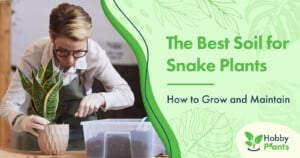
![Best Soil For A Money Tree? [DIFFERENCES EXPLAINED] Best Soil For A Money Tree? [DIFFERENCES EXPLAINED]](https://www.hobbyplants.com/wp-content/uploads/2022/08/best-soil-for-money-tree-300x158.jpg)
![The Best Stylish Grow Lights for Indoor Plants [REVIEWED] The Best Stylish Grow Lights for Indoor Plants [REVIEWED]](https://www.hobbyplants.com/wp-content/uploads/2022/07/stylish-grow-lights-for-indoor-plants-300x158.jpg)
![How To Get Rid Of White Bugs In Soil? [PLAN OF ACTION] How To Get Rid Of White Bugs In Soil? [PLAN OF ACTION]](https://www.hobbyplants.com/wp-content/uploads/2022/08/white-bugs-in-soil-300x158.jpg)
![How to Propagate Fiddle Leaf Fig [BEST METHODS] How to Propagate Fiddle Leaf Fig [BEST METHODS]](https://www.hobbyplants.com/wp-content/uploads/2022/06/how-to-propagate-fiddle-leaf-fig-300x158.jpg)
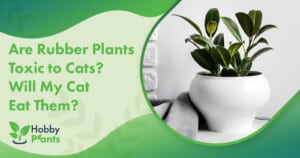
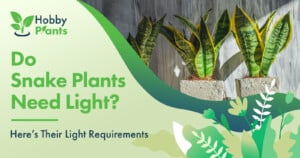
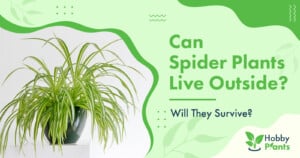
![How To Bottom Water Plants [MOST EFFECTIVE TECHNIQUES] How To Bottom Water Plants [MOST EFFECTIVE TECHNIQUES]](https://www.hobbyplants.com/wp-content/uploads/2022/07/how-to-bottom-water-plants-300x158.jpg)
![What Are The Types Of Dracaena Plants [Answered] What Are The Types Of Dracaena Plants [Answered]](https://www.hobbyplants.com/wp-content/uploads/2022/07/types-of-dracaena-plants-300x158.jpg)
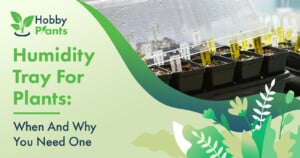
![Can Snake Plants Live Outside? [COMPLETE CARE GUIDE] Can Snake Plants Live Outside? [COMPLETE CARE GUIDE]](https://www.hobbyplants.com/wp-content/uploads/2022/08/can-snake-plants-live-outside-300x158.jpg)